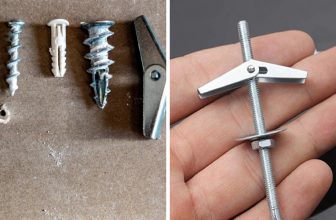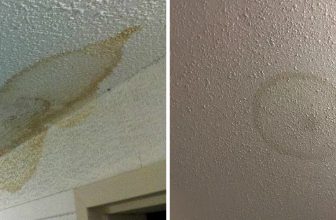How to Remove Moisture From Ceiling
Are you dealing with an annoying moisture problem in your ceiling? Do you find yourself constantly wiping down walls and ceilings, only to have the moisture reappear soon after? You’re not alone—many homeowners face this common challenge. But don’t worry—with the right information and guidance, removing excess moisture from a ceiling can be easily done within a few short steps. Here, we’ll guide you through identifying the cause of your ceiling issue and offer several solutions that will help you maintain a dry and comfortable living environment for years to come.
Moisture creeping onto ceilings is a surprisingly common problem that homeowners often face. But don’t despair: there are some easy and inexpensive steps you can take to help prevent, identify, and eventually remove moisture from your ceiling for good. In this blog post, we’ll be exploring exactly how to remove moisture from ceiling and get ready – we’re going in!

What Causes Moisture in Ceiling?
1 . Improper Ventilation
Improper ventilation is one of the primary reasons for moisture buildup in your ceiling. When there isn’t enough air circulation, moisture from cooking, showering, and other activities can get trapped inside your home instead of being vented outside. This leads to condensation on the ceilings and walls, resulting in mold growth.
2. Plumbing Issues
Another common cause of moisture in the ceiling is plumbing issues. Leaky pipes or a broken roof can lead to water seeping into your home and accumulating on the ceiling surfaces. This can happen over time, so it’s essential to regularly check for any signs of leakage.
3. Roof Leaks
Damaged or missing shingles, cracks in the roof, or a poorly installed roof can also cause moisture to seep into your ceiling. This is especially common during heavy rainfall or snowmelt. It’s essential to address any signs of damage to your roof immediately to prevent further moisture buildup.
4. High Humidity Levels
High humidity levels in your home can also contribute to moisture in the ceiling. This can be caused by activities like cooking, showering, and even breathing. If your home doesn’t have proper ventilation or a dehumidifier, this excess moisture can settle on your ceilings and walls.
5. Lack of Insulation
Insulation helps regulate the temperature inside your home and prevent warm air from escaping. When there isn’t enough insulation in your ceiling, warm air can rise and reach the cold surfaces of the ceiling. This results in condensation forming on the surface, leading to moisture buildup.
10 Ideas on How to Remove Moisture From Ceiling
Now that we know what causes moisture in the ceiling let’s discuss how to get rid of it. Here are some tips you can take to remove excess moisture from your ceiling and prevent future buildup.
1 . Use a Dehumidifier
One of the most effective ways to reduce moisture levels in your home is by using a dehumidifier. This device helps remove excess moisture from the air and can be particularly useful in rooms with high humidity levels, such as bathrooms and kitchens.
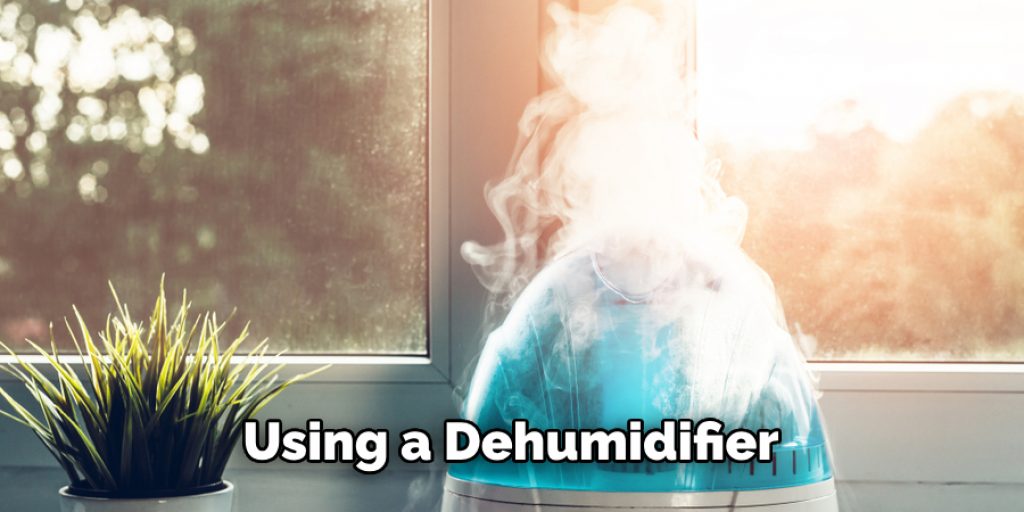
2. Install Proper Ventilation
As mentioned earlier, improper ventilation can contribute to moisture buildup in your ceiling. Installing vents or exhaust fans in areas like the bathroom and kitchen can help remove excess moisture from the air and prevent it from settling on your ceilings.
3 . Fix Plumbing Issues
If you notice any signs of leakage, such as water stains or discoloration on your ceiling, it’s essential to address them immediately. Calling a plumber to fix any leaky pipes or a roofing contractor to repair your roof can prevent further moisture buildup.
4. Repair Roof Damage
Similarly, if you notice any damage to your roof, it’s crucial to get it fixed as soon as possible. This will help prevent water from seeping into your ceiling and causing mold growth. Also, make sure to regularly inspect your roof for any signs of damage.
5. Use Exhaust Fans
Using exhaust fans or opening windows while cooking or showering can also help remove excess moisture from the air. This prevents it from accumulating on your ceilings and walls. You have to be careful to turn off the exhaust fan after you’re done using it to conserve energy.
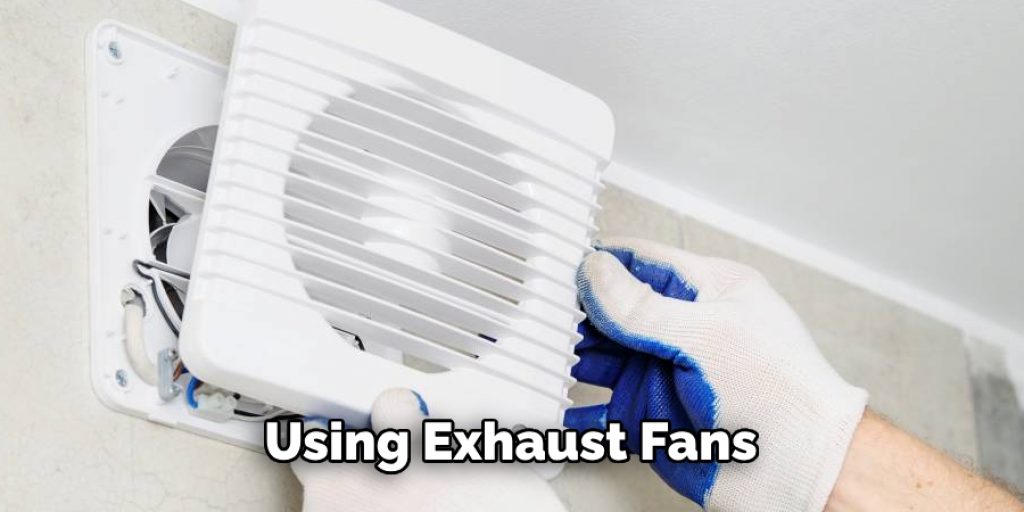
6. Check for Clogged Gutters
Clogged gutters can cause water to overflow and seep into your home, leading to moisture buildup. Make sure to regularly clean out your gutters and ensure they are functioning correctly. Also, check for any damage and address it promptly.
7. Increase Air Circulation
Improving air circulation in your home can help reduce humidity levels and prevent moisture from accumulating on your ceilings. You can do this by opening windows or using fans to circulate fresh air throughout your home.
8. Seal Air Leaks
Sealing any air leaks in your home can help prevent warm air from escaping and reaching the cold surfaces of your ceiling. This will reduce the chances of condensation forming, leading to moisture buildup.
9. Use Moisture-Resistant Paint
If you live in a particularly humid area, consider using moisture-resistant paint on your ceilings. This type of paint helps prevent water from seeping through and causing mold growth. It’s essential to use this paint in areas like the bathroom and kitchen.
10. Increase Insulation
Adding more insulation to your ceiling can help regulate the temperature inside your home and prevent warm air from reaching the cold surfaces of your ceiling. This will reduce condensation and moisture buildup on your ceilings.
Removing moisture from your ceiling may seem like a daunting task, but with the right knowledge and techniques, it can be manageable. By addressing the root causes of moisture buildup and taking preventative measures, you can keep your ceilings dry and prevent any potential damage to your home. Remember to regularly check for signs of moisture and take action promptly if you notice any issues.

Frequently Asked Questions
What Precautions Should I Take To Remove Moisture From Ceiling?
To remove moisture from the ceiling, it is important to first identify the source of the moisture. This can often be due to leaks in the roof or plumbing, condensation buildup, or poor ventilation. Once the source has been identified and fixed, you can take precautionary measures such as: Wearing protective gear such as gloves, goggles, and a mask, covering furniture or floor surfaces with plastic sheeting to avoid water damage, and using a dehumidifier or fans to help dry out the affected area.
Can I Remove Moisture From Ceiling Myself?
It is possible to remove moisture from the ceiling yourself, but it is recommended to hire a professional if you are unsure about the cause and extent of the moisture damage. This is especially important if there is mold growth or structural damage, which can be hazardous to your health and require specialized equipment and expertise to properly remove.
How Do I Remove Moisture From a Popcorn Ceiling?
Removing moisture from a popcorn ceiling can be more challenging due to the textured surface. If the moisture has caused the popcorn texture to loosen or become discolored, it may need to be completely removed and replaced. However, if the moisture is just on the surface and has not caused significant damage, you can use a mild detergent and warm water solution to gently wipe down the affected area. Be sure to test in a small inconspicuous area first and use a soft cloth or sponge to avoid damaging the texture.
Are There Any DIY Methods to Remove Moisture From Ceiling?
There are some DIY methods that may help remove moisture from a ceiling, but it is important to note that these methods may not be as effective or safe as hiring a professional. Some options include using absorbent materials such as kitty litter or baking soda to soak up excess moisture, applying heat with a hair dryer or space heater, or using a homemade moisture absorber made of salt, charcoal, and rice in a container. However, these methods may not eliminate the moisture and could potentially cause further damage if not used correctly.
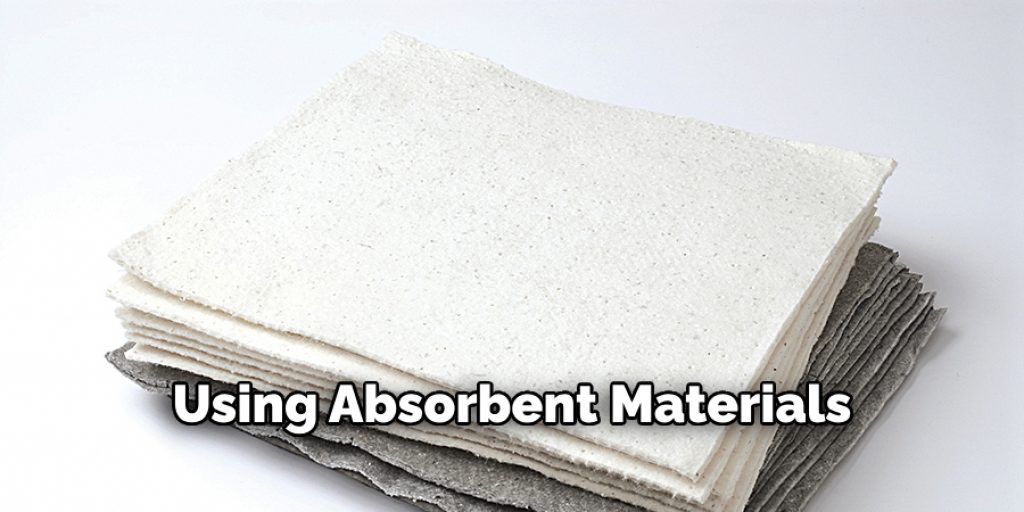
Conclusion
In conclusion, it’s important to be prepared to properly remove moisture from your ceiling caused by a plumbing issue or other water leakage. Do regular maintenance of pipes and showers around your home to prevent these issues from occurring in the first place. Once a problem arises, use a dehumidifier to reduce the humidity levels throughout the space until you can inspect and repair the source of the leak.
Now you know how to remove moisture from ceiling! And if more professional help is needed, don’t try to tackle it alone- instead, call an expert for help getting everything back to its optimal condition. Taking these basic steps is a surefire way to ensure that faulty plumbing or water damage doesn’t cause long-term problems with your building’s structure or the overall quality of air within it. So don’t delay!

